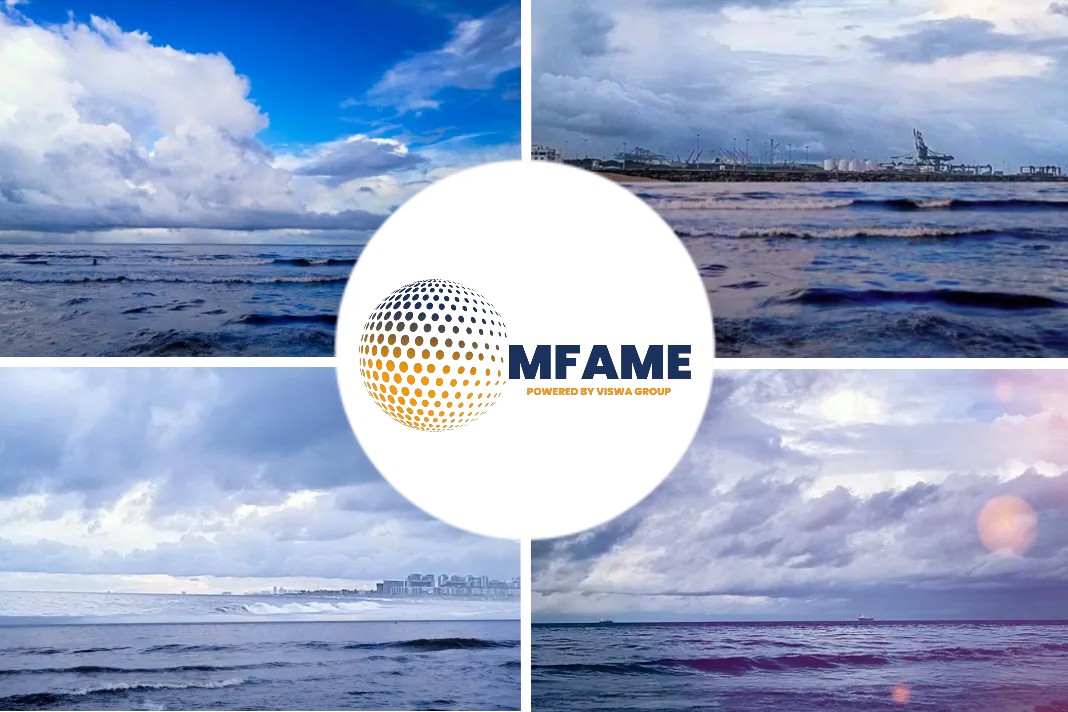
THE shipping industry is increasingly comfortable with digital solutions such as performance monitoring, artificial intelligence, remote surveying, and automation. However, many shipowners are watching and waiting. It’s a good time to assess the impact of digitalisation.
Brief Background
What we now call digitalisation in shipping probably began with the advent of Global Maritime Distress and Safety Services and Inmarsat C in the late 1990s and early 2000s but the real breakthrough came with the mandatory automatic identification system (AIS) in 2002. The arrival of commercial subscription services a few years later, which showed vessel positions, meant that for the first time ship operators could see where their competitors’ ships were. This brought advantages during fixture negotiations. Initially the services were restricted to detailing the position of ships relatively close to shore but the commercial value of subscriptions soared when satellite AIS gave almost global coverage.
At an operational level, electronic engine management and sensor technology were combined to allow equipment manufacturers to monitor the condition of engines. As data accumulated, they began to predict problems at a very early stage. This enabled condition-based maintenance as opposed to fixed interval overhauls. Next came third-party software for performance and fuel consumption monitoring, while simultaneously calculating the impact of weather, currents, ship trim condition, and speed. Feeding the data to the bridge allowed officers to adjust operating parameters as appropriate. Before long, these software products were able to make use of satellite connections to send the information to shore as well as the bridge, which led to the development of fleet efficiency programmes and intervention from shore personnel.
Expanding Scope
Digitalisation is expanding into new areas such as hull coatings. Large amounts of data have already been generated by Jotun’s Hull Performance Solutions. The company introduced its Hull Skating Solutions two years ago, and more recently launched the HullKeeper optimisation programme. This combines Jotun’s digital capabilities, remotely operated vehicle inspections, and analytical and technical expertise to help operators keep fuel, inspection, and cleaning costs under control. The new programme is grounded in Jotun’s proprietary fouling risk algorithm, supported by data from different sources, to make fouling control and efficiency more predictable.
In an interview with Jotun Maritime Insider magazine, Andreas Krapp, global digital & data director, said Hullkeeper helps operators make “informed and proactive decisions to improve hull efficiency” as they push for optimal performance, efficiency, and regulatory compliance. It enables ship operators to “identify potential problems long before fouling impacts vessel speed, allowing them to make better decisions, faster.” Even though digitalisation has already had a positive impact, there are real issues to overcome. It’s also important for digitalisation to deliver real savings to ship owners and operators. For that to happen, companies need to understand what is useful and what is not.
Transformative Technologies
A survey carried out late in 2020 by Informa Engage on behalf of Inmarsat highlighted that 58% of respondents expected digitalisation to deliver savings below 10% — significantly less than what is sometimes promised. The results of the survey were presented in a document entitled Digitalisation Uncovered: What’s next for shipping? along with commentary by industry experts. The general consensus was that progressive owners are embracing digitalisation but the majority are content to wait. That’s not a position they can take indefinitely, said Stein-Roar Skånhaug Bjørnstad, chief technology officer at Kongsberg Digital.
“Maritime and offshore industries are traditionally conservative but there’s growing pressure to comply with stricter environmental regulations and a need to control costs and improve efficiency in competitive markets. “With this in mind,” he said, “we believe technologies like the Internet of Things, big data, automation, and robotics will grow in importance and will lead to significant changes, altering the way companies work, creating new models and so on. “It will not happen overnight but we’re already seeing a willingness to change and an openness to try new technologies and digital systems.”
In a recent paper, Martin Stopford of Clarksons Research points out that shipping has been slow to adopt some of the transformative technologies deployed by other transport modes, but smart shipping has the potential to deliver improved performance in every part of a ship owner’s business and help the industry become more efficient.
Did you subscribe to our daily newsletter?
It’s Free! Click here to Subscribe
Source: Lloydlist





















